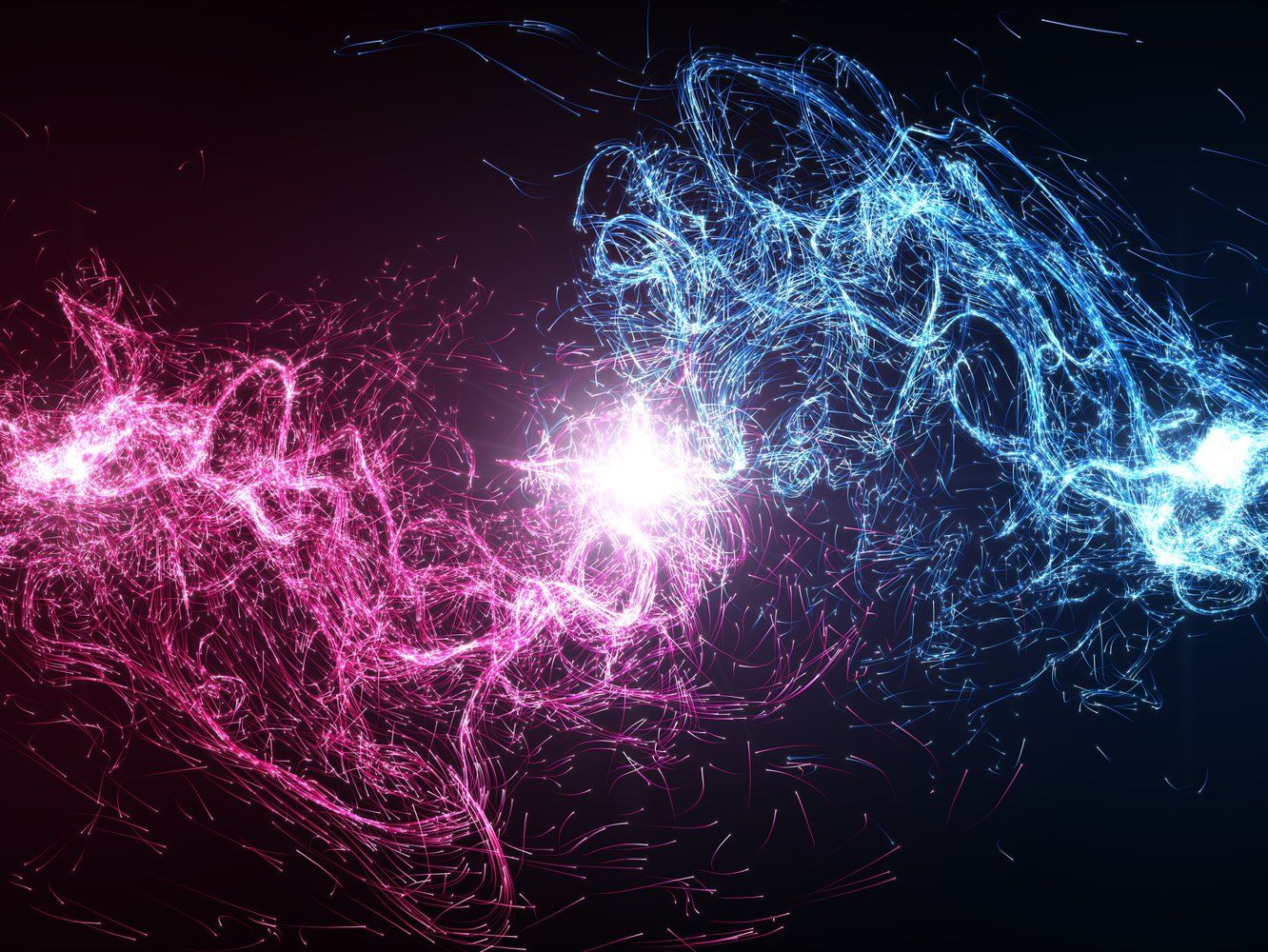Physicists Pinpoint The Origin Of A Powerful Neutrino For The First Time Ghostly particles called neutrinos can travel nearly unimpeded across the universe. For the first time, physicists have been able to pinpoint the origin of a powerful neutrino.


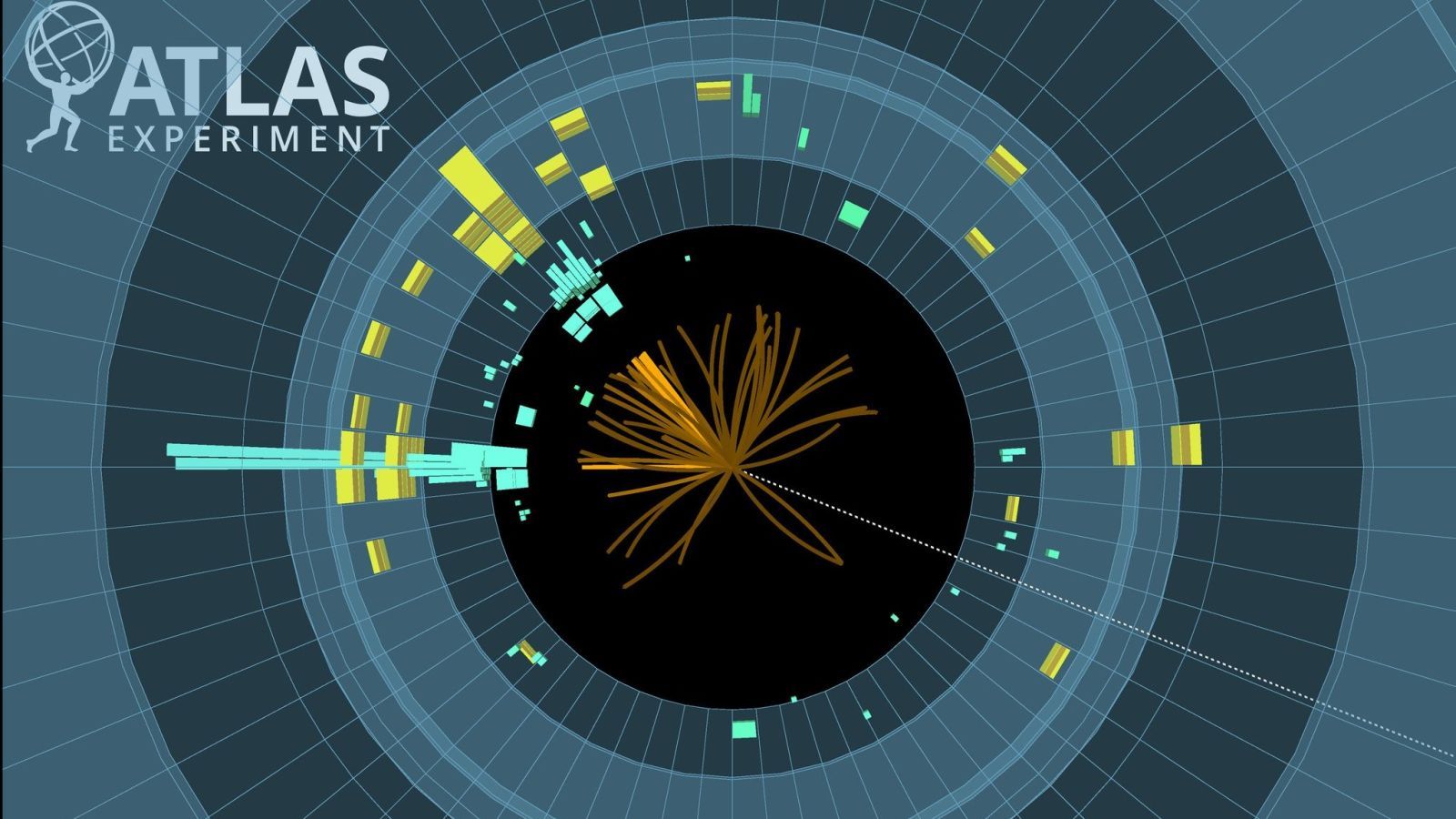
Scientists can’t take pictures of the Higgs boson. But they can find proof of its existence by watching “E=mc” play out in hundreds of millions of particle collisions per second and detecting how it decays into other particles they do know how to spot. Now, six years after officially discovering the Higgs boson, particle physicists are announcing that they’ve spotted the Higgs in another way.
This announcement isn’t a surprise. It matches the predictions of the Standard Model of particle physics, the rock-solid but probably incomplete blueprint of the Universe on the smallest scales. But the news is certainly important; you might say it closes the first chapter of the Higgs boson’s story, and offers a potential window to explore some of most confounding questions in the Universe.

Transistors are tiny switches that form the bedrock of modern computing; billions of them route electrical signals around inside a smartphone, for instance.
Quantum computers will need analogous hardware to manipulate quantum information. But the design constraints for this new technology are stringent, and today’s most advanced processors can’t be repurposed as quantum devices. That’s because quantum information carriers, dubbed qubits, have to follow different rules laid out by quantum physics.
Scientists can use many kinds of quantum particles as qubits, even the photons that make up light. Photons have added appeal because they can swiftly shuttle information over long distances, and they are compatible with fabricated chips. However, making a quantum transistor triggered by light has been challenging because it requires that the photons interact with each other, something that doesn’t ordinarily happen on its own.
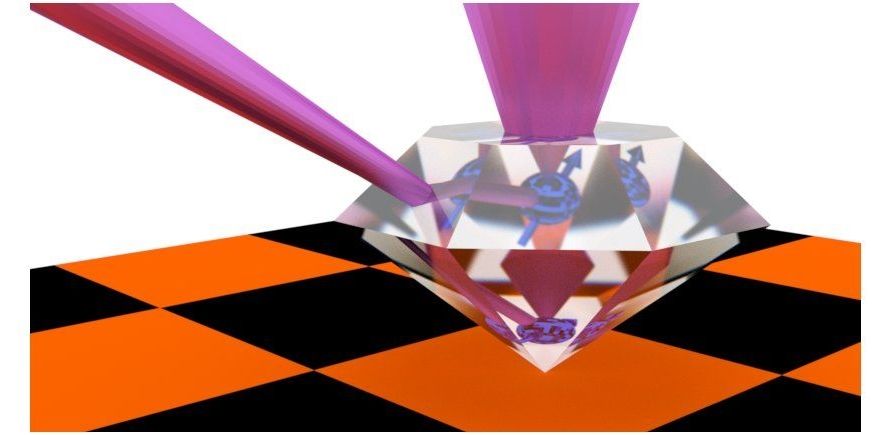
Diamonds are prized for their purity, but their flaws might hold the key to a new type of highly secure communications.
Princeton University researchers are using diamonds to help create a communication network that relies on a property of subatomic particles known as their quantum state. Researchers believe such quantum information networks would be extremely secure and could also allow new quantum computers to work together to complete problems that are currently unsolvable. But scientists currently designing these networks face several challenges, including how to preserve fragile quantum information over long distances.
Now, researchers have arrived at a possible solution using synthetic diamonds.
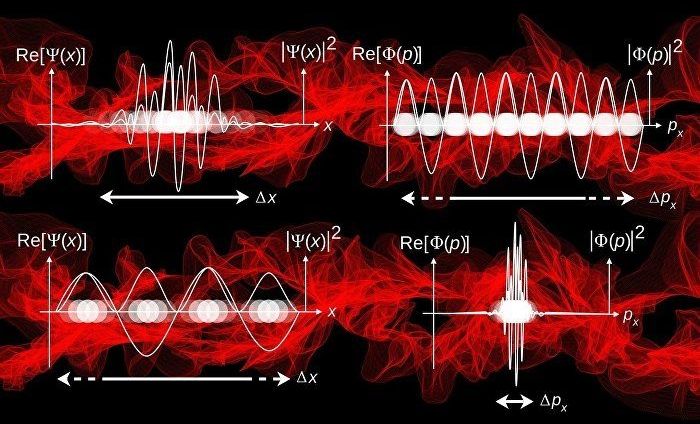
Chinese physicists realized a genuine entanglement of 18 quantum particles, beating their own world record set in 2016, while the team has set their next goal at 50-qubit entanglement.
The result of the study was published in the US journal Physical Review Letters on June 28. Chinese leading quantum physicist Pan Jianwei led the project. Together with his team, Pan earlier demonstrated quantum entanglement with 10 quantum bits, or “qubits,” in 2016, according to a report sent by Pan’s team to Global Times on Tuesday.
Quantum entanglement is a weird phenomenon which Einstein called “spooky action at a distance” where quantum particles are connected “even if they are at opposite ends of the universe,” an Australia-based Cosmos Magazine reported.
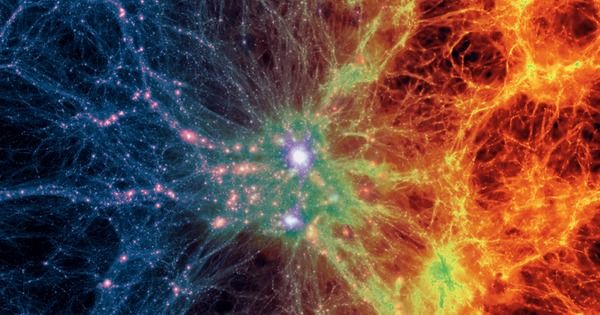

Scientists haven’t conclusively spotted any new particles since the Higgs boson, and that’s got some people worried—there are a ton of other physics puzzles remaining, many of which would require the presence of a new particle to resolve. But recently, there have been some tantalizing clues of new physics, perhaps a new particle, that many scientists are excited about.
There’s a discrepancy between theoretical and experimental calculations of the “muon magnetic moment,” or how strongly the electron’s heavier cousin behaves in a magnetic field. A newer mathematical calculation has made things even more interesting, and some particle physicists are eagerly awaiting the new results from an experiment here in the United States.
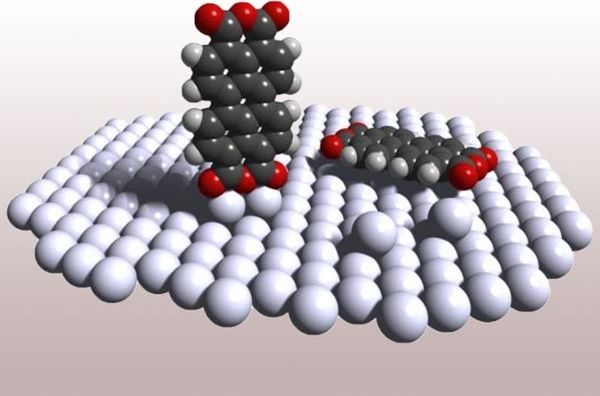
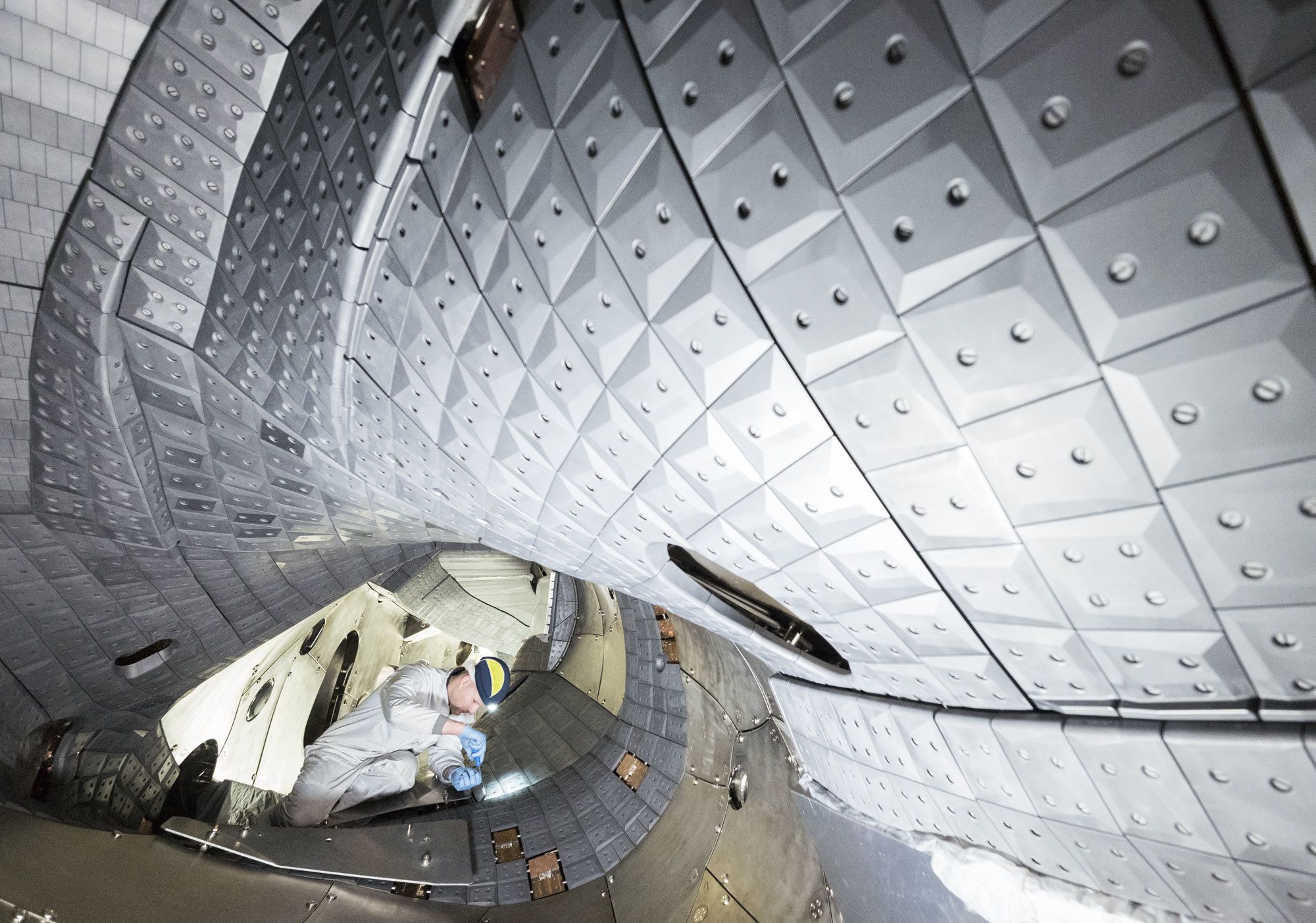
In the past experimentation round Wendelstein 7-X achieved higher temperatures and densities of the plasma, longer pulses and the stellarator world record for the fusion product. Moreover, first confirmation for the optimisation concept on which Wendelstein 7-X is based, was obtained. Wendelstein 7-X at Max Planck Institute for Plasma Physics (IPP) in Greifswald, the world’s largest fusion device of the stellarator type, is investigating the suitability of this concept for application in power plants.
Unlike in the first experimentation phase 2015/16 the plasma vessel of Wendelstein 7-X has been fitted with interior cladding since September last year. The vessel walls are now covered with graphite tiles, thus allowing higher temperatures and longer plasma discharges. With the so-called divertor it is also possible to control the purity and density of the plasma: The divertor tiles follow the twisted contour of the plasma edge in the form of ten broad strips along the wall of the plasma vessel. In this way, they protect particularly the wall areas onto which the particles escaping from the edge of the plasma ring are made to impinge. Along with impurities, the impinging particles are here neutralised and pumped off.
“First experience with the new wall elements are highly positive”, states Professor Dr. Thomas Sunn Pedersen. While by the end of the first campaign pulse lengths of six seconds were being attained, plasmas lasting up to 26 seconds are now being produced. A heating energy of up to 75 megajoules could be fed into the plasma, this being 18 times as much as in the first operation phase without divertor. The heating power could also be increased, this being a prerequisite to high plasma density.
